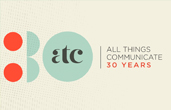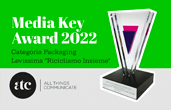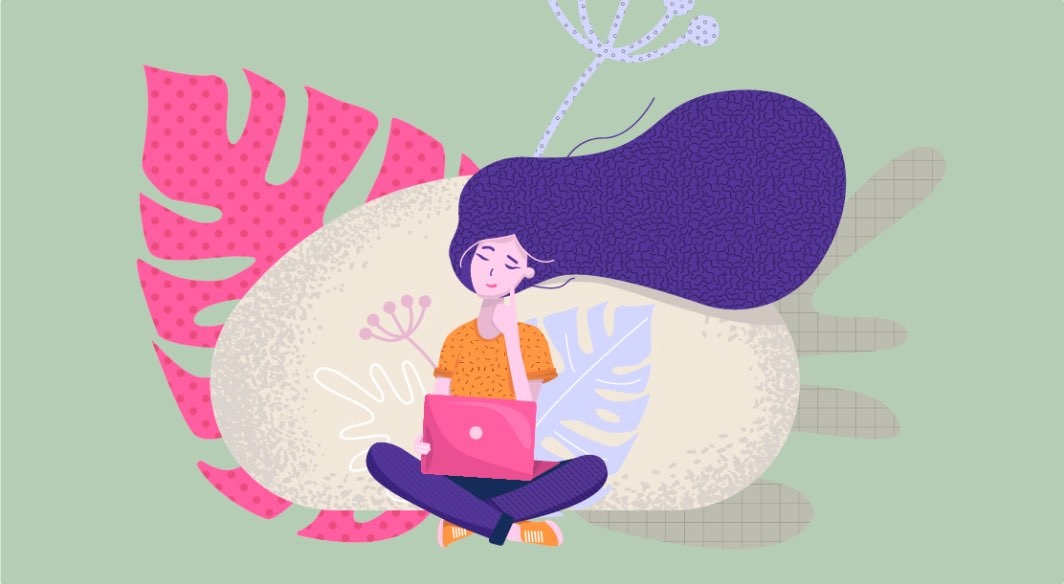You might have contemplated the end of summer holidays as a turning point in the global coronavirus ordeal: the dawn of a “New era” for offices and workspaces.
However, few businesses appear to be preparing for a mass return to desks. In Italy, only a third of the workforce is expected to step into companies’ headquarters in the forthcoming weeks. In the Uk, according to a BBC research, out of a group of the 50 largest companies not a single one has plans in place, to return all their staff, all time, to the office in the near future.
Nearly half of them said that they had no plans at all in place, to return any of their staff.
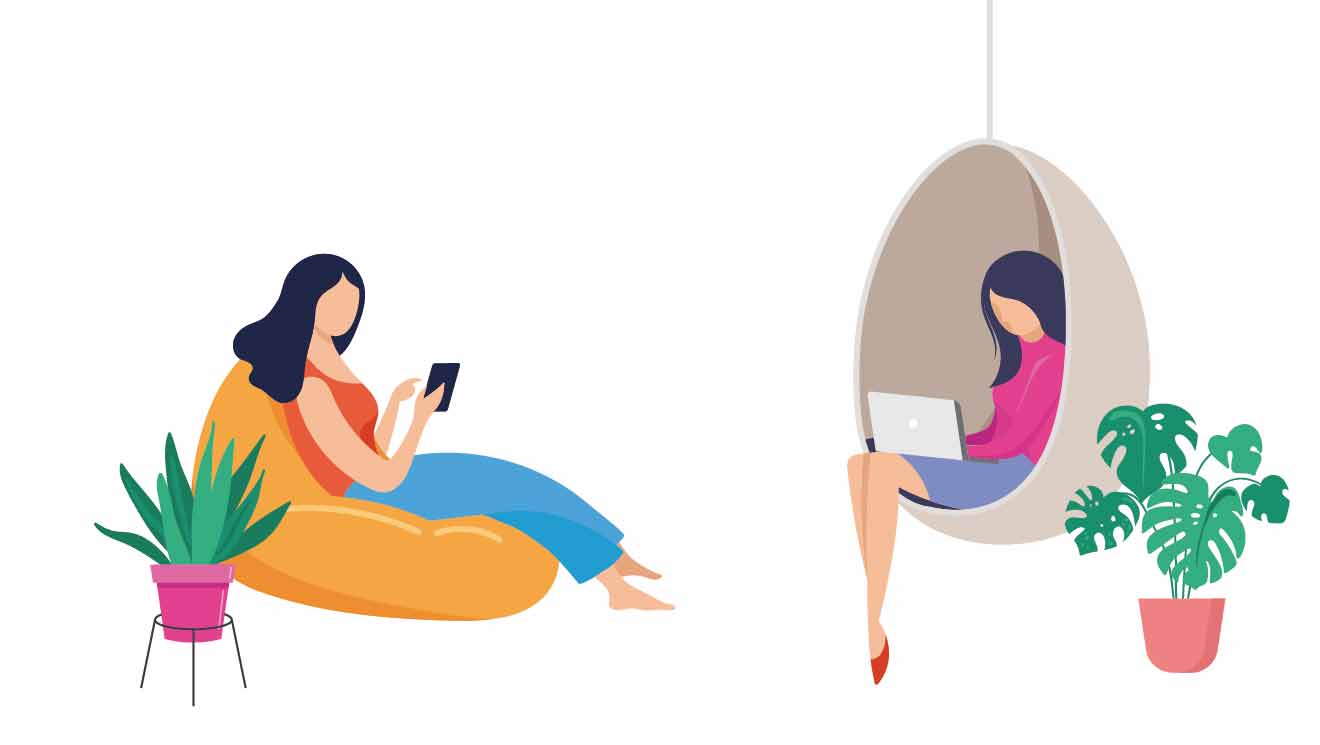
Is the end of the office coming at last?
Many could look at this as a desirable outcome. For others the answer is “categorically not”.
“It will be different. Remote working has proved functional and very transactional. It has worked given the unprecedented circumstances. But in itself, it’s not the most effective way to run a business.
Major office users will take the space up, but it will be structured in a different way.” Says Andy Street, former CEO of giant UK retail group John Lewis.
Massive reliance on technology and agile methodologies have safeguarded productivity and outputs during the lockdown, according to many employees and managers alike. However, grey areas dot the surface of the very much celebrated “smart working”.
For many , spending the whole working day cooked up in tiny, noisy or shared apartments, or all-alone, looks anything but “smart”.
Young employees and new hires are likely to suffer from the disconnection from their older peers and bosses.
Diluted social interactions tend to affect workers in the long run, especially those in the creative field, like marketers, designers and knowledge workers, who mostly leverage on social connections and networking.
The word that comes up more frequently in conversations within this groups over the last few weeks, is “alienation”.
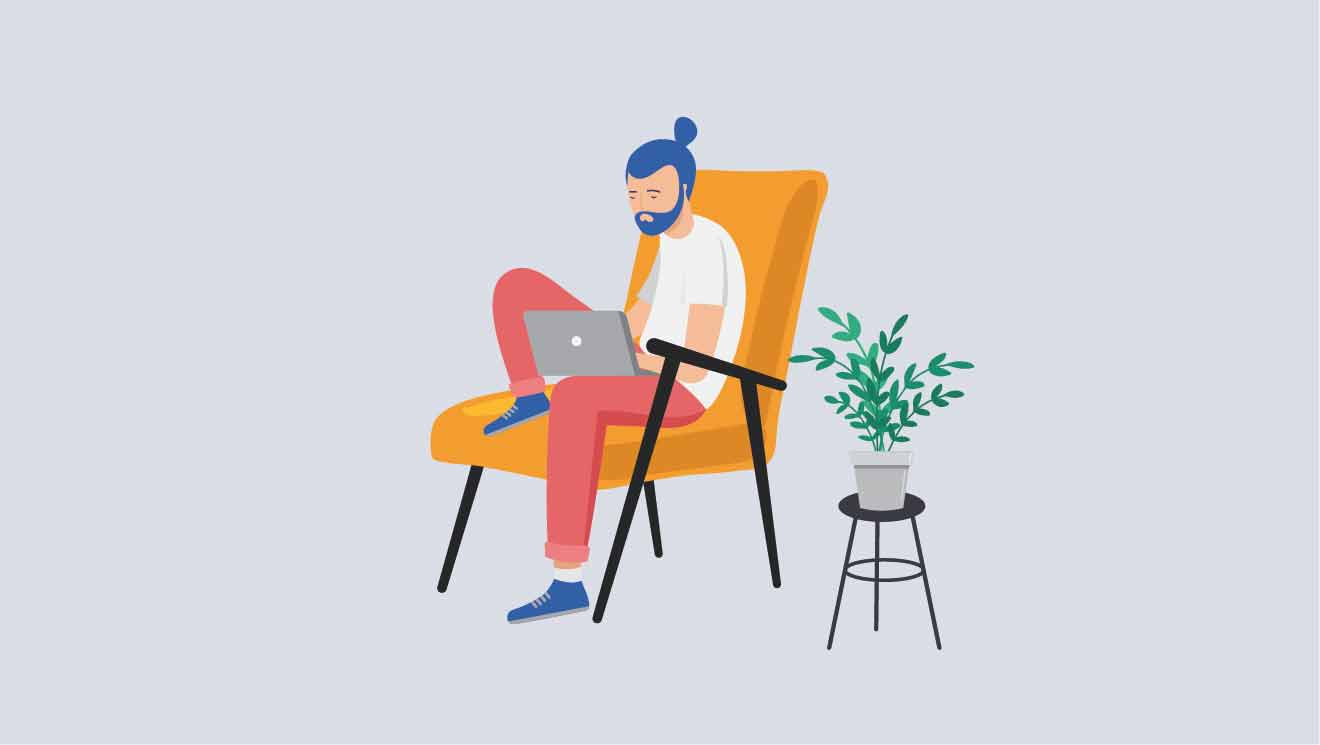
New entrepreneurial responses to the needs of the post-pandemic workplace
The debate about the new role of the offices is huge.
Although the narrative a seems to polarize around the two ends of the spectrum (back to office vs work from home), the most desirable (and perhaps viable) scenario could be a fluid approach: one that would
enable people to shift and adapt to different circumstances and work styles
In such a scenario, we can argue that offices are still to play a vital role in the post-pandemic economy.
From an employee perspective, not for ALL people but for SOME, the workspace will remain the go-to place for aggregation, comradery and the spark of new ideas.
From an organization’ s standpoint instead, the workplace can be the hub, where corporate culture can be nurtured and developed.
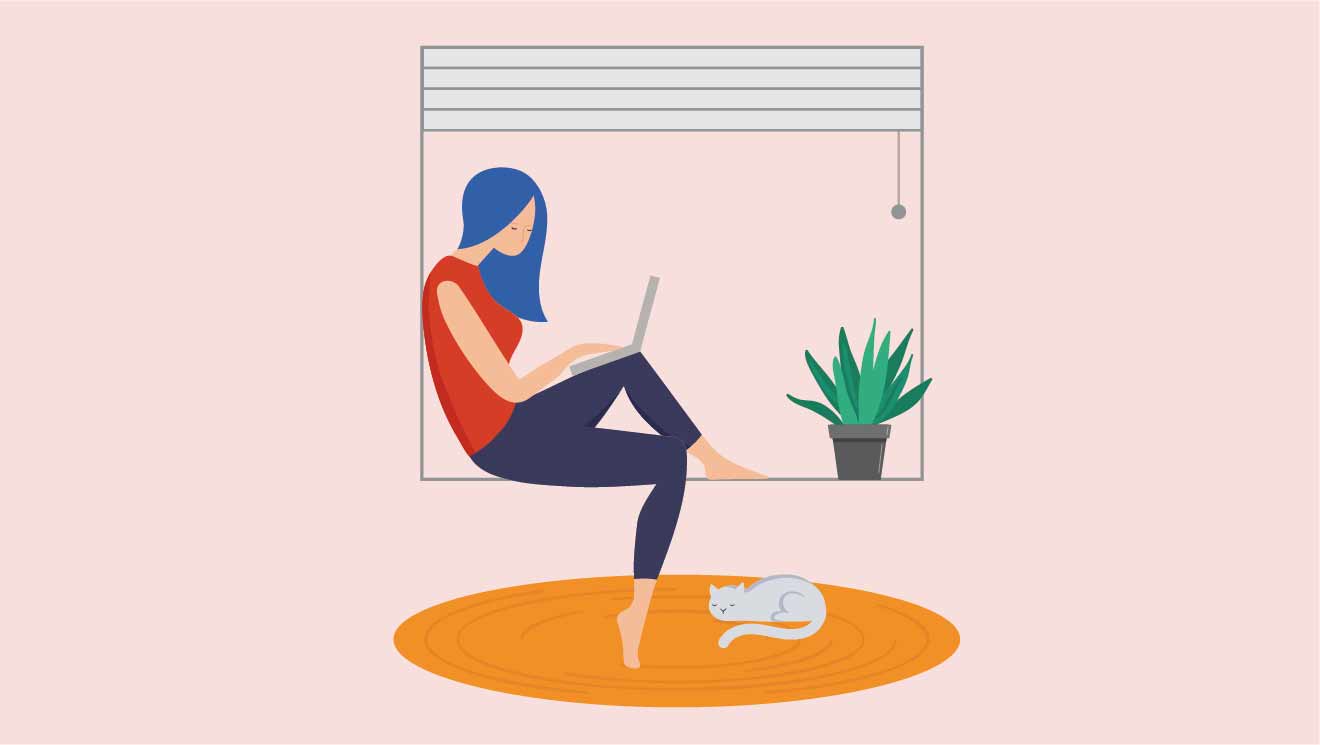
Design scenarios in today’s offices
The extreme situation we have been going through has fast-forwarded many trends, which we were already seeing coming before the crisis hit.
The same can be argued for the workplace. The balance between private and public sphere, the customisation of the working experience, the focus on employees’ wellbeing and their networking opportunities have long been hot topics within the narrative .
New challenges can push these trajectories further.
For example, the company’s precincts could expand into the public sphere: software company NCR, for instance, invites people into their headquarters in Atlanta, Georgia, with a coffee shop and an amphitheater-style stair for guest lectures.
Under-utilised spaces could be reinvented to provide employees with much needed moments for individual tasks and collective work: with an airy and engaging layout, the new Purina House transforms the employee experience by encouraging interaction and reinforcing a sense of community that inspires exploration and participation.
As working out-of office becomes part of the standard, headquarters can turn into a tool to shape the corporate culture and strengthen internal engagement and employee retention, as in the new Nespresso Offices In Lausanne, which we had the opportunity to redesign last year.
Finally the office is a vibrant touchpoint and a medium in itself to speak and engage all external stakeholders. Communication, personality and tone of voice are likely to remain key drivers, even in a new, hybrid, and perhaps quite liquid, office life.


